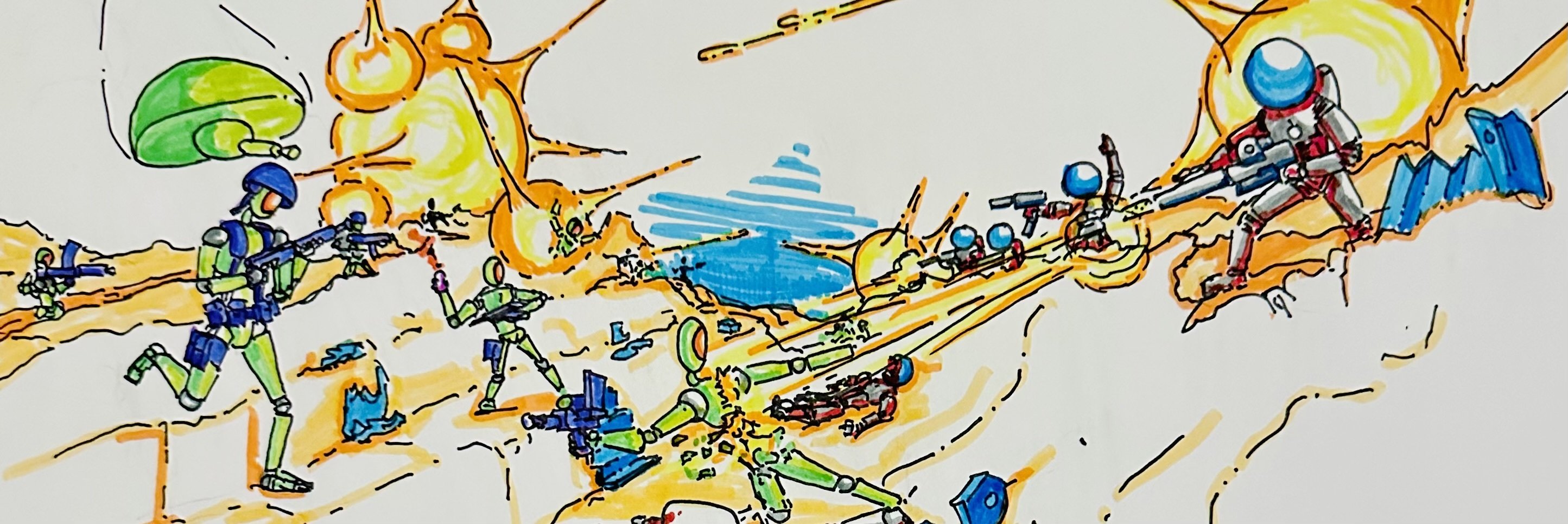

I mod a worryingly growing list of communities. Ask away if you have any questions or issues with any of the communities.
I also run the hobby and nerd interest website scratch-that.org.
- 102 Posts
- 302 Comments
To put the headline in perspective:
Despite all the numbers being down, Black Ops 7 was still the best-selling game in terms of units and revenue in Europe for the week ending November 16 (its launch week). Battlefield 6, it’s main competition right now, came in fourth in both units sold and overall revenue.
Even with huge drop, COD is still raking in cash. While I personally think the current direction of COD is terrible, these sales numbers are unlikely to be some kind of fundamental course correction wakeup call to the publishers.

 English
English- •
- lemmy.world
- •
- 21d
- •


That might be exactly part of why gaming journalism is irrelevant.
If the “news” is just repeating developer hype, then it’s just useless noise. At that point the only thing that matters are reviews, and independent YouTubers are beating the professionals in quality and trustworthiness.
So what’s left? Actual dry industry news? I suppose some small amount of people care, but not enough to support the amount of gaming journalists out there.


click- and rage-bait headlines on Facebook over quality journalism
Gaming journalism has been overrun with that.
What I, and I think many people, want are trustworthy, knowledgable reviews.
I can’t trust any of the major publications. I trust a small handful of YouTubers who are giving me more of what I want than the entire professional industry.


Back in the late 90s-early 2000s the PCGamer magazine was actually worthwhile. It had reviewers who specialized in different genres and if read enough you could get a feel for their writing style and critical voice. The fact it was a monthly publication meant they weren’t racing to get a review out in the first 24 hours.
Nowadays it all seems like publications race to put reviews out online for relevance, and the reviewers often seem to have a disdain for video games and even if they don’t they aren’t genre experts.
I don’t like fighting games. My review of a fighting game would be trash. Yet major publications just pump out reviews by whoever.
Individual youtubers at least can develop a recognizable critical voice and stick more to genres they know and enjoy.


The entire industry was flooded with mouthpieces for developer statements, and opinion piece hottakes. How many of those people does an industry really need? (Or more importantly: How many of those people can it financially support?)
As for reviews, they are for the most part similarly worthless and hard to trust. There’s about five YouTubers who I actually trust the opinions of, and I haven’t felt left out at all with that as the extent of my gaming journalism intake.
I can’t be certain, but I suspect a lot of gamers are completely burnt out on the professional gaming journalism industry.
If you’ve played Halo CE, playing the Ruby Rebalance is still worth it. You’ll probably appreciate it more with the vanilla experience fresh in mind.
The Halo: CE mod is very tastefully done and improves the game. There are a lot of invisible tweaks like making the assault rifle more accurate in short bursts and tweaking spawns (the Library level is much better) as well as visible changes like adding ODSTs where it makes sense, adding new enemy types, and a few new to CE campaign weapons like a usable energy sword.
The new enemy types include a lot of new flood forms which makes them less of a slog to play against. There’s elite zealot flood still carrying energy swords, which are terrifying.
I’m waiting for Ruby’s Reblanced Halo 2. Based on the quality of the Halo: CE rebalance it will probably fix many of those issues. I hope, but maybe shouldn’t expect, that mod includes the proper shading. Part of the reason Halo 2 looks so strange is it was designed for a full dynamic shading system which was pulled late in development for XBox performance reasons. What’s left is baked shading and very limited and scaled back dynamic shading, but in a world and art style that was designed with full dynamic in mind.
I recently played though Halo 2 partially with another restored content/rebalance mod and it was alright, though it didn’t have the skill of the Ruby Rebalance in making new/restored content feel organic to the game.
Arcanum. (with Drog’s patch)
Somehow I’ve never played it. As a 90s cRPG veteran it is interesting to go fresh into a cRPG and be smacked with a lot of confusion about mechanics and stats that I don’t have from games I’m used to playing. It took me a frustratingly long amount of time to figure out how to use the world map travel.
As seems to be a trend with Tim Cain games, the combat isn’t very good but the game is carried by the social detail, world, and variety in how to approach quests. I’m going for a social build with a lean towards magic in order to get the most out of social interactions.


Fallout 4
I’ve got a lot of mods installed (200-ish). The commonwealth in my version of the game is absolute hellscape with radioactive storms that kill visibility, pitch black nights, hoards of feral ghouls, and upgunned raiders. What it means is that I actually invest in building proper settlements now. I console command for all the resources because I can’t be bothered picking through trashpiles. With all the mods, I have huge concrete walls surrounding my settlements which have comfortable bars and hangout areas. It can be very comfortable just chilling in a settlement while a storm rages outside.
When I do go outside I’m playing additional mod loaded content most of the time and doing my best to ignore that default story.


I think the original trilogy (plus Reach and ODST) work because while there’s a ton of lore, the really convoluted stuff is kind of at the background to the moment to moment feel of the game. The most forward facing content is a pastiche of other easily digestible scifi that’s all mixed together in a fun, interesting way. You’ve got conventional humans who feel like a straight expansion of the colonial marines from Aliens up against a diverse and interesting array of aliens. The Covenant are a refinement from Pathways Into Darkness and then the Marathon games. You’ve got the flood as a space zombie change of pace.
It all mixes together well and the more detailed lore can be built on top of it. There are many intentional gaps and hooks which can suggest things without having to be addressed explicitly, leaving room for some mystery.
After those games, the series kind of imploded under the weight of its own lore since the developers/writers chose to bring all of those mysterious elements to the forefront. It gave less interesting enemies to fight, and less motivation to care. I doubt many people have moments from those games burned into their memories the same way moments from the original trilogy are.

 English
English- •
- lemmy.world
- •
- 2M
- •
So much, let me recount some of it.
There’s a lot of invisible tweaks like the assault rifle has a smaller initial spread which makes it usable at medium range with short bursts. The needler fires faster. The warthog accelerates to top speed faster. Hunters no longer die to one magnum shot. Flood popcorn forms don’t chain explode nearly as much and they do a little more damage to the player so you can’t just totally ignore them anymore. The player can jump ever so slightly higher allowing them to reach certain areas during combat more easily. Vehicle damage has been tied to speed so tapping (or being tapped) by a slow vehicle isn’t an insta-kill. Ghost and plasma turrets have tighter spreads, both when firing at the player and when the player is using them. Marines will now drive unoccupied vehicles and follow the player.
The energy sword, flame thrower, fuel rod gun, and sentinel beam gun are all usable in the campaign now.
More enemy types are added. This is especially noticeable with the flood which has elite-flood forms using shields now. There are zealot flood with swords. There are cloaked spec op flood. This makes the flood more interesting to fight and keeps plasma weapons important to the mix against them.
There are now ODSTs in addition to the normal marines. They have slightly more aggressive AI than the standard marines, so they are more active in combat but can also get killed faster if you ignore them. They replace marines where it makes sense in the campaign.
Enemy mixes have been tweaked throughout. The Library had work done to make the spawns less of a slog to get through by placing the additional spawn waves more heavily behind rather than in front of the player.
There are non-combat animals on the ring now. From butterflies to big grazing creatures.

 English
English- •
- lemmy.world
- •
- 2M
- •
Repeat from the other thread:
I beat The Bureau: XCOM Declassified.
It was alright. A third person shooter where you are theoretically giving tactical orders to two NPC followers. In reality, good or interesting tactics go out the window in favor of just spamming special abilities as much as possible in a chaotic mess of fights. The story was decent and gets interesting near the end, although for my money after the big reveal it feels like it drags out a bit longer than it needs to. For $3 I got my value.

I beat The Bureau: XCOM Declassified.
It was alright. A third person shooter where you are theoretically giving tactical orders to two NPC followers. In reality, good or interesting tactics go out the window in favor of just spamming special abilities as much as possible in a chaotic mess of fights. The story was decent and gets interesting near the end, although for my money after the big reveal it feels like it drags out a bit longer than it needs to. For $3 I got my value.
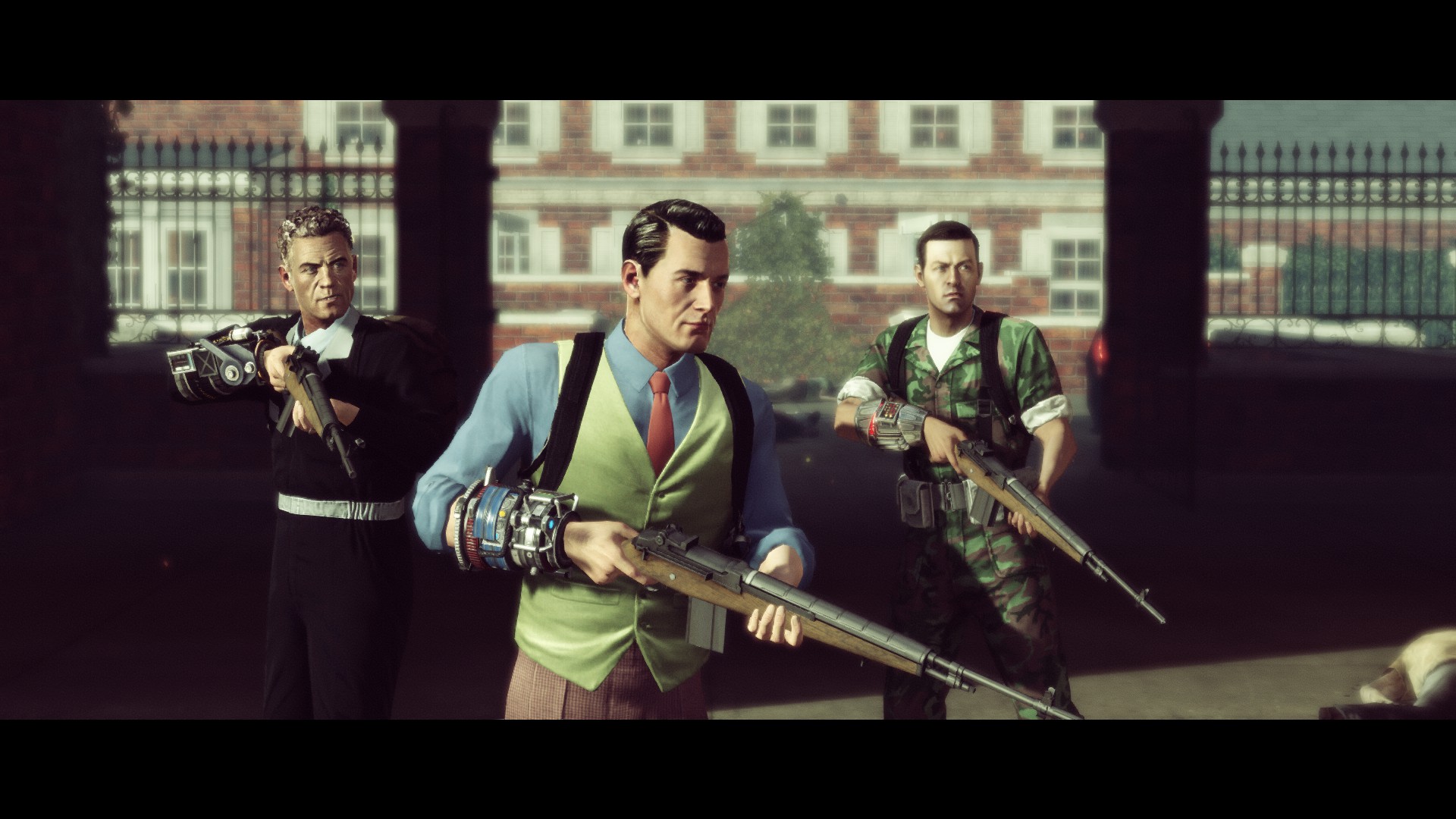
I’m not saying Clancy stuff is always completely grounded, especially the longer it goes on, but I’m trying to use the Clancy comparison to capture the essence of an idea. COD4 while fictional, and with moments that aren’t wholly realistic if you really hold them up to the most intense scrutiny has the overall texture of realism. MW2&3 and Black Ops games all exist as throwing bigger and more insane setpieces out with no regard to any realism.
It’s a the last COD with a real gutpunch moment that says anything about anything. The nuke going off it a moment of realizing you aren’t a special main character and you die like everyone else, and that maybe war isn’t just a big fun adventure. All the shock moments have been trying to top it are so dramatic that they don’t have the same effect that the nuke did.
While (classic, I’m not counting stuff ghostwritten under his brand) Clancy characters have hyper competence, it’s to be expected given that they are turbo ultra elite soldiers or spies. Their motivations and ability to act doesn’t reach the point of self parody.
For a COD4 example: Nikolai, the Russian that the player rescues early on in the game. He is a mole inside the Russian antagonist faction feeding information to the SAS. He got found out. He’s being kept at a house with a handful of regular soldiers watching him. When you rescue you him he is calm or at least puts up a calm front and thanks you. That’s a pretty believable guy who could have been a real person who is doing something realistic and dangerous.
In MW2 that character can materialize with apparently infinite types of military aviation hardware, and he is also a pilot able and willing to do insane maneuvers. And he is personal friends with Captain price rather than just being an SAS asset. And he is in touch with a friendly militia group in the middle of Europe.
There is a distinct jump from COD4 to MW2, where it goes from Tom Clancy to Michael Bay.
MW2 is still fun, but it exists in an entirely separate tonal reality than COD4.
I’m replaying COD4 and taking notes at the moment for a review I’ve wanted to do for years, coincidentally.
Looking at just COD4 without being influenced by knowledge of the sequels, it’s got a decent story and if you look at the edges you can find contemplations of cycles of violence, and while not to the point of being anti-war it does emphasize the waste of it.
The characters are Tom Clancy levels of larger than life, which is significantly more restrained than what came later. Individually the story beats and scenarios have at least a texture of realism, often loosely based in something real and then strung together in a story that isn’t convoluted.
I could see it being a good movie with the right handling. It probably wouldn’t be.


I bought GamePass just for Outer Worlds because everyone pointing out that’s it’s from the team that made “New Vegas”.
I did a whole review of this game, and one of the first things I tackled was that it is absolutely not from the New Vegas team in terms of writing or design leadership. I completely blame the marketing for setting wrong expectations by creating that connection.
It is a good game, but going in wrongly thinking (due to misleading marketing) that it is New Vegas In Space is going to leave you frustrated.

 English
English- •
- lemmy.world
- •
- 9M
- •

 English
English- •
- lemmy.world
- •
- 1Y
- •

 English
English- •
- lemmy.world
- •
- 1Y
- •

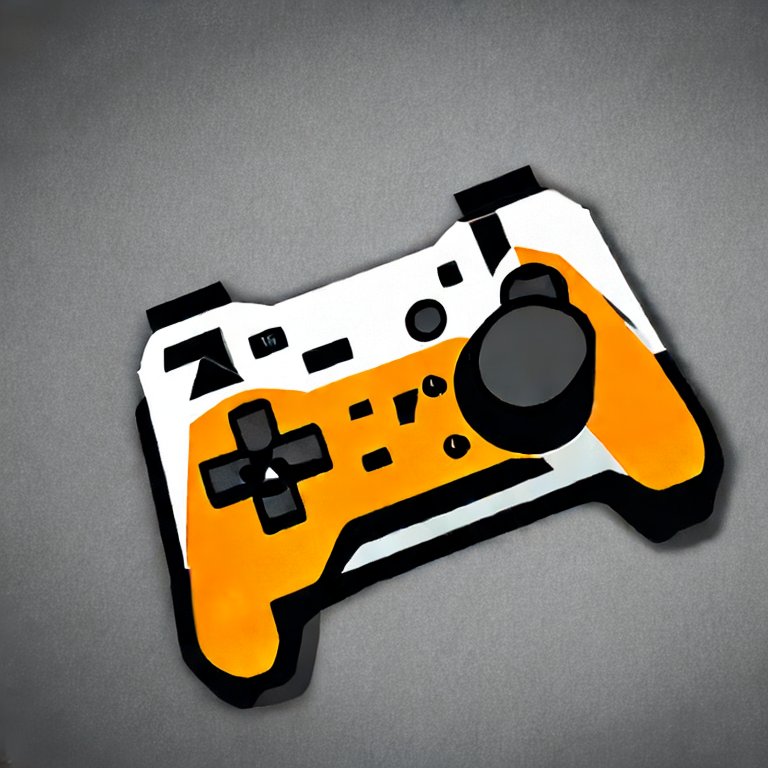

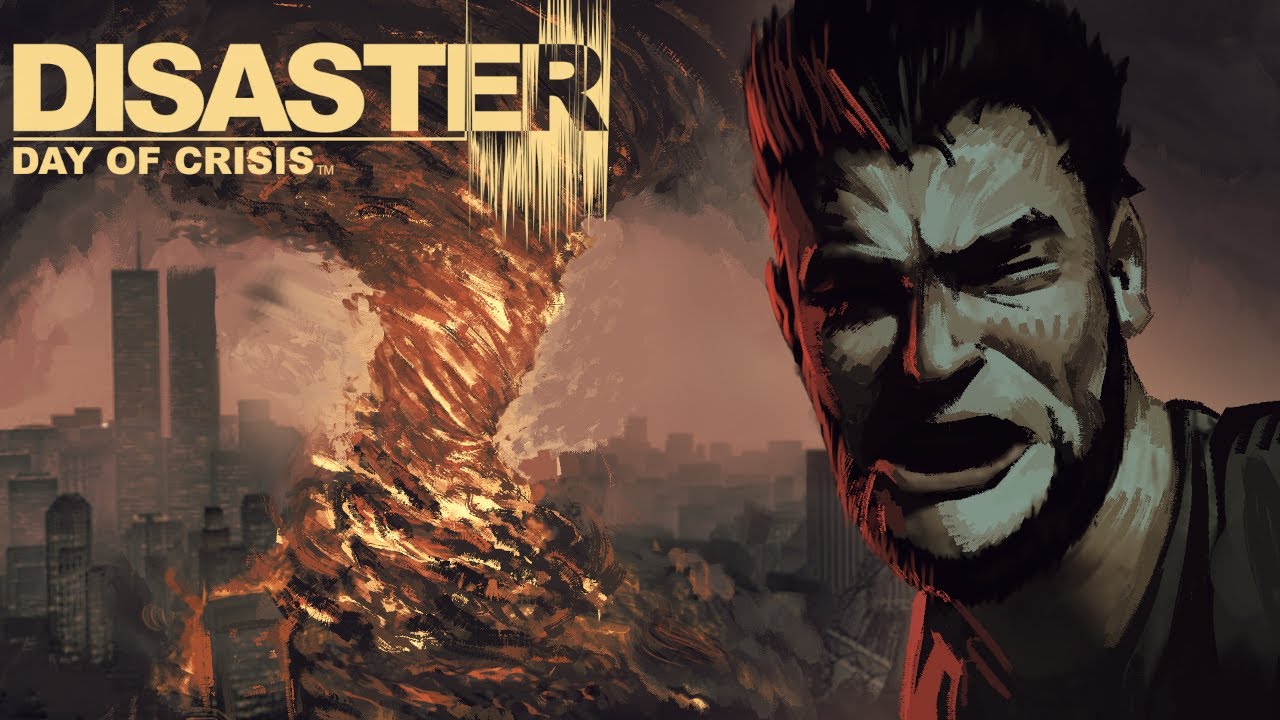

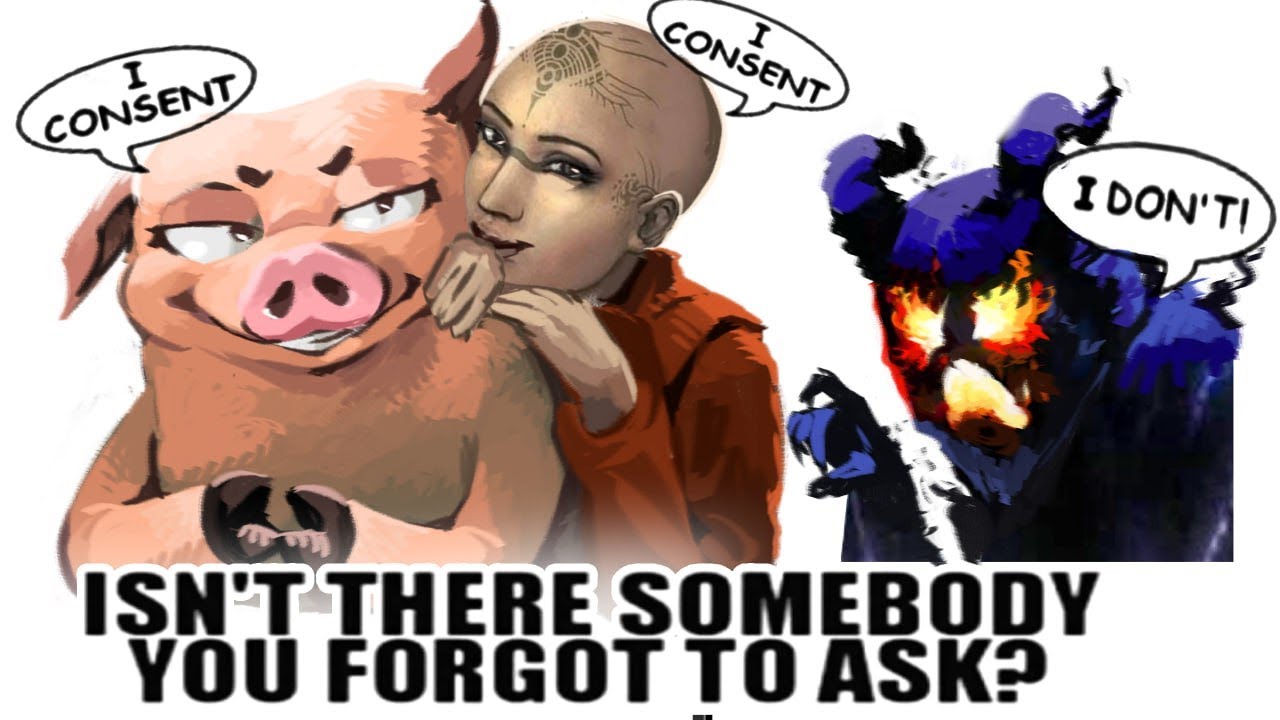
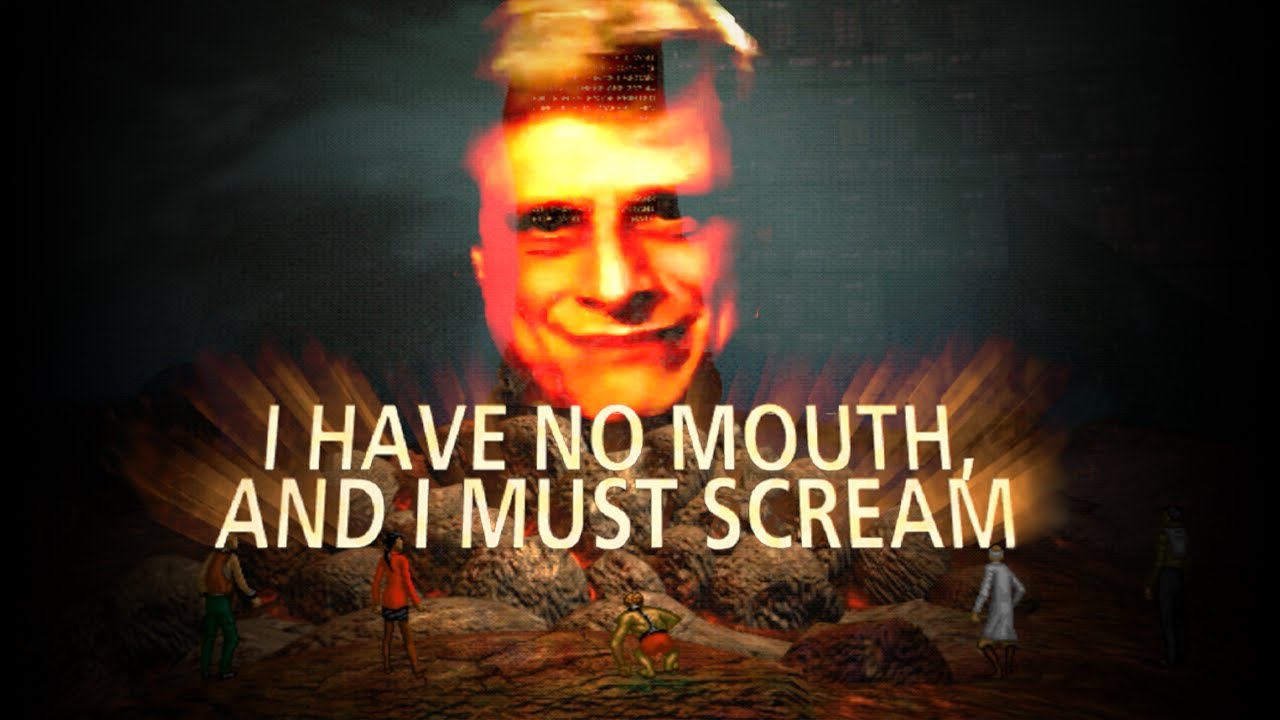

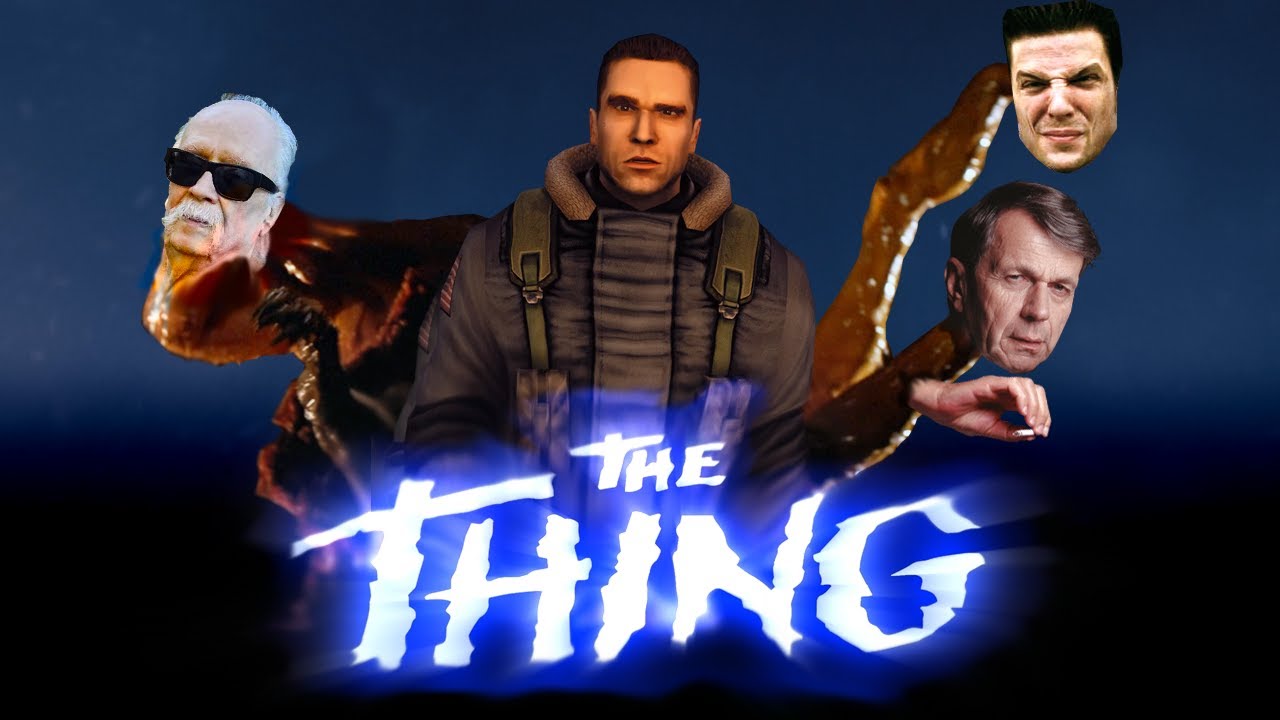



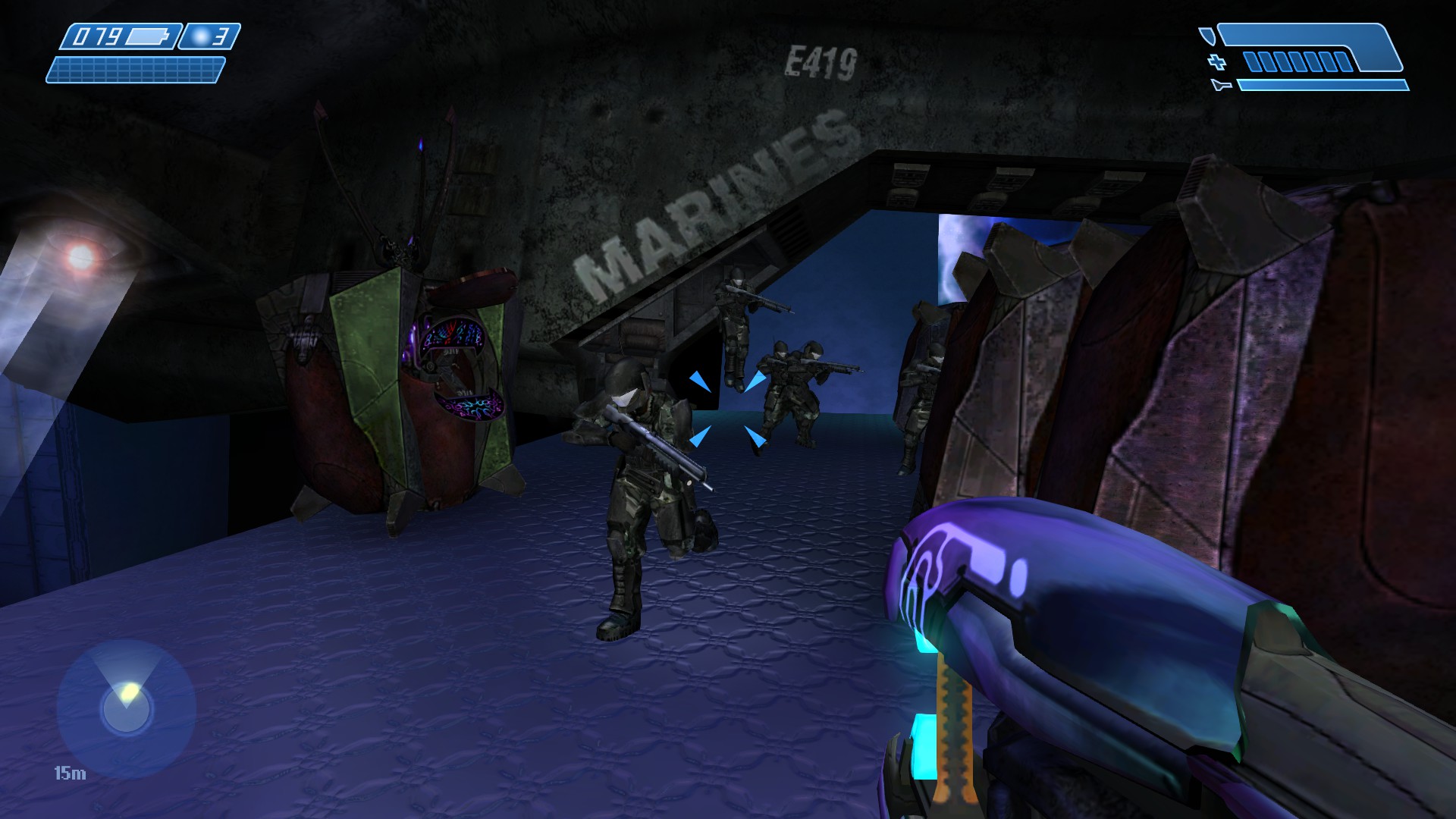
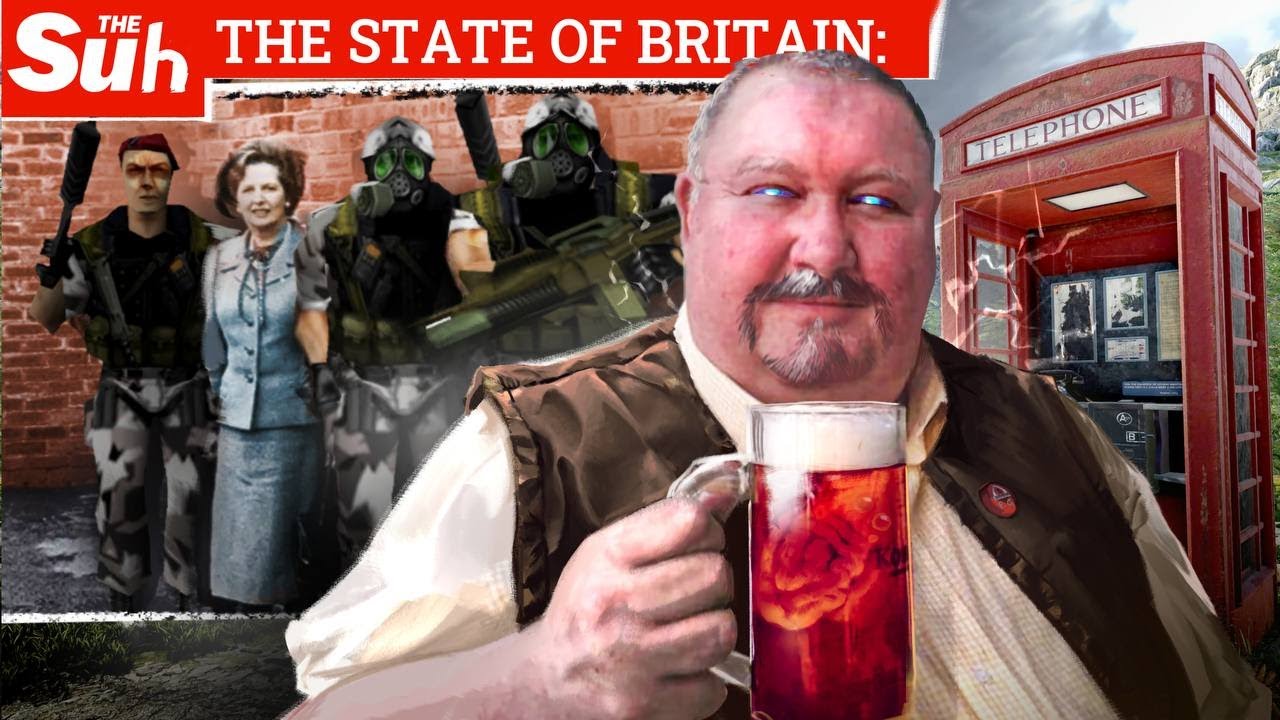








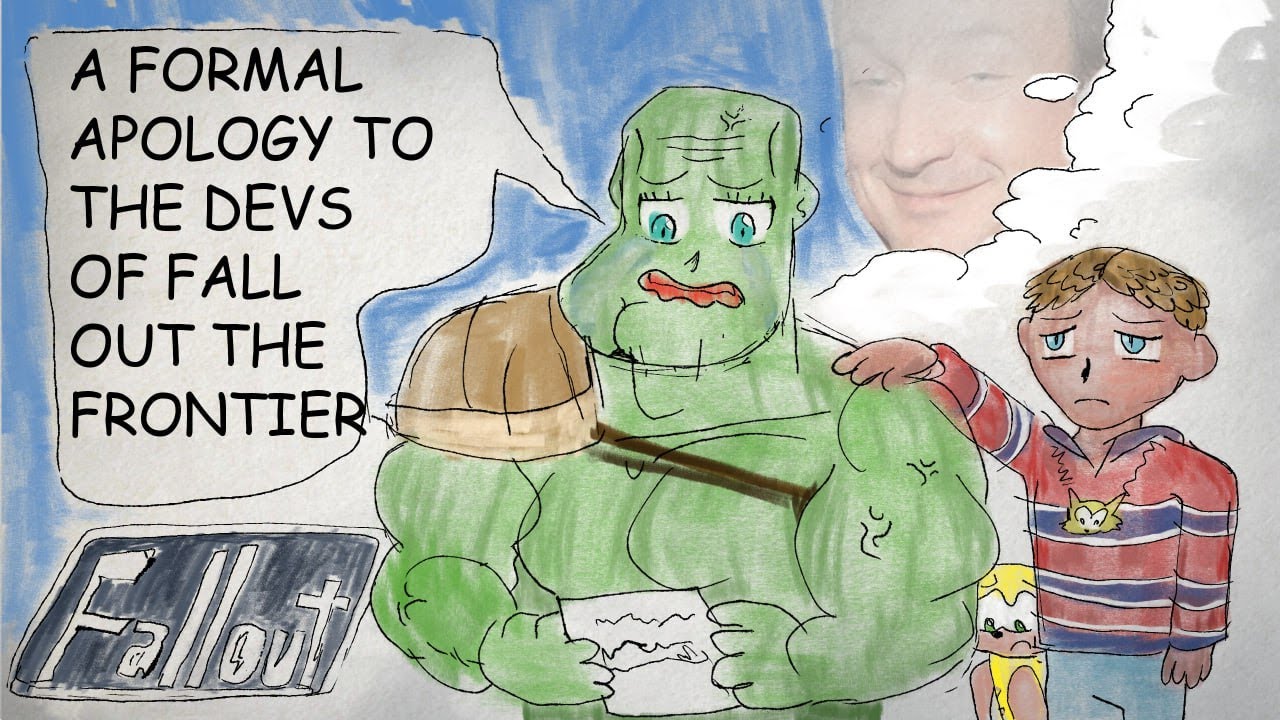
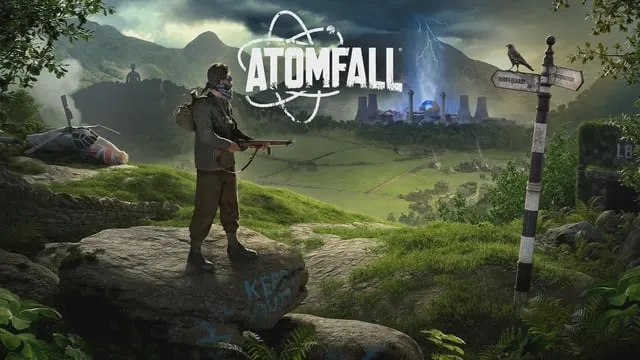

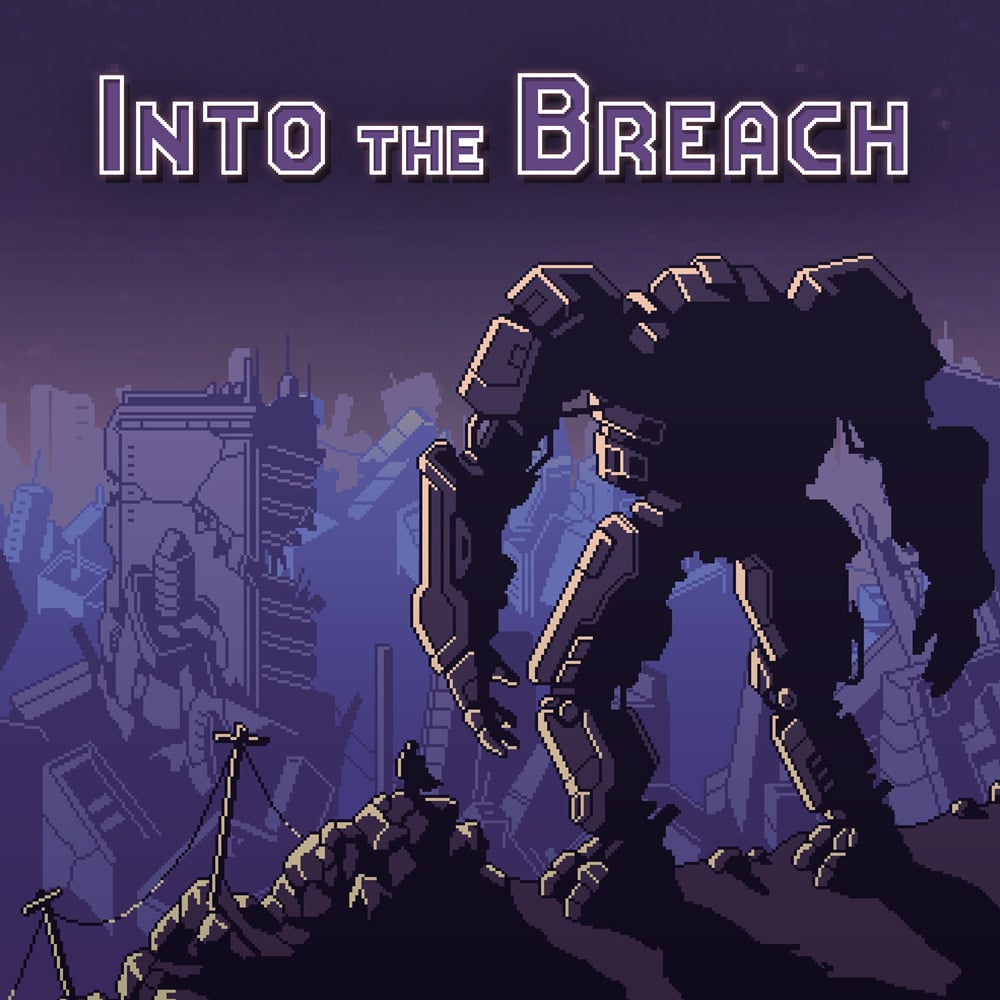
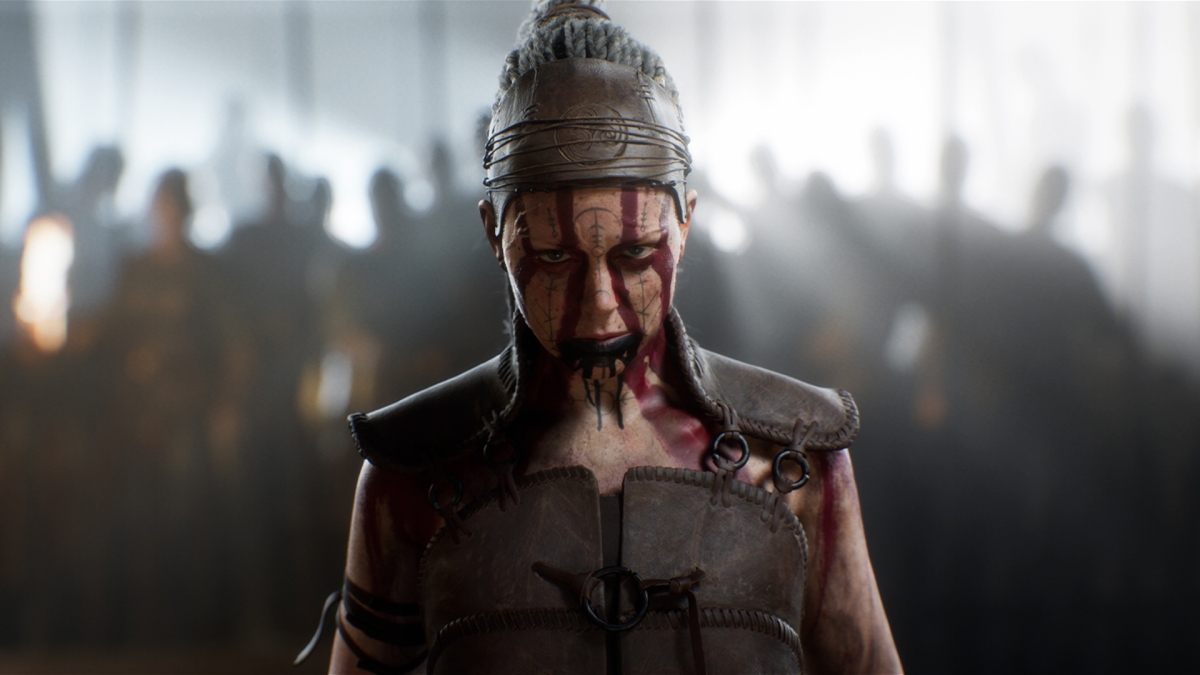
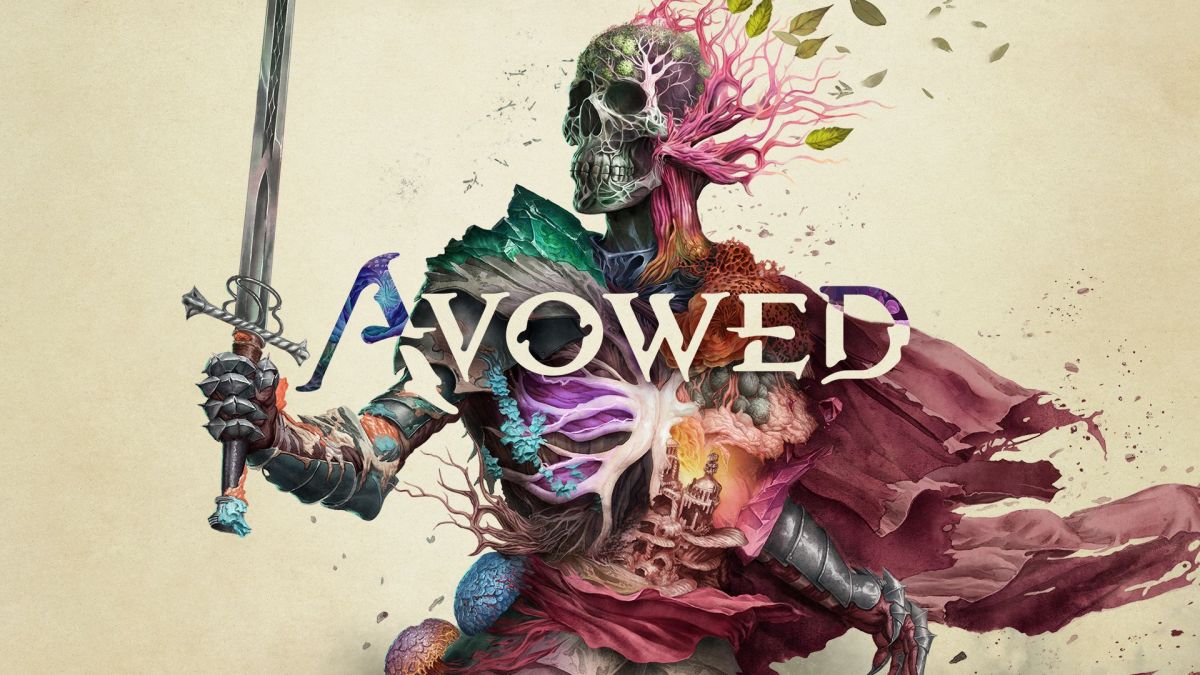

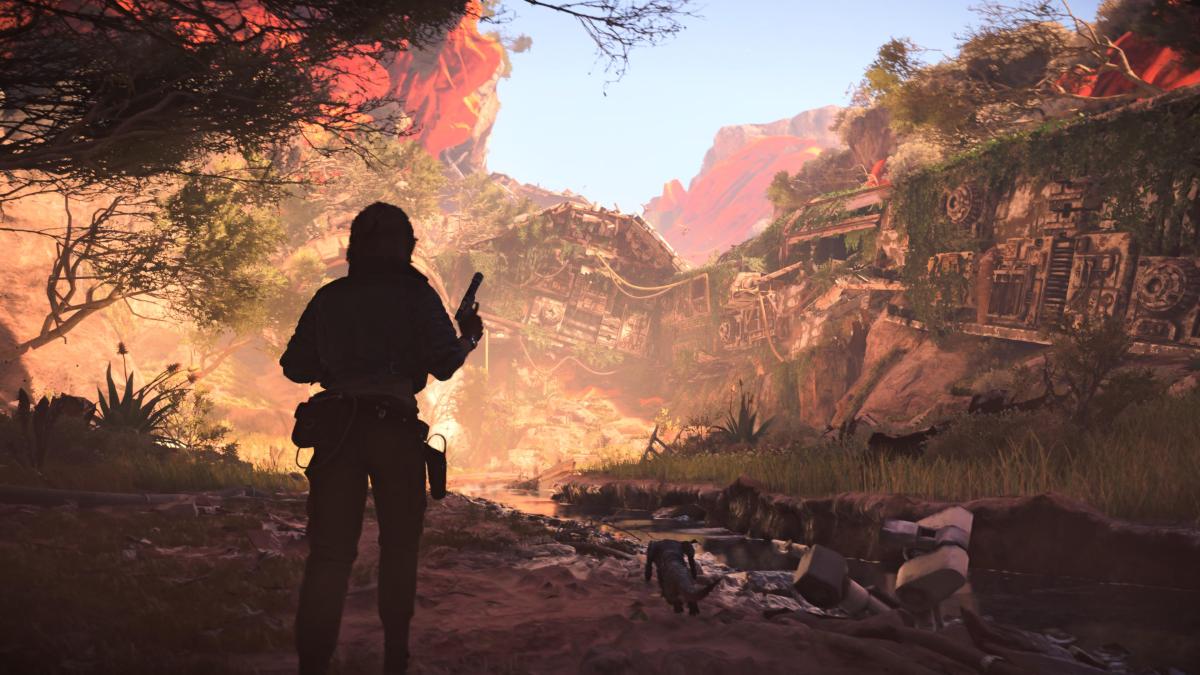
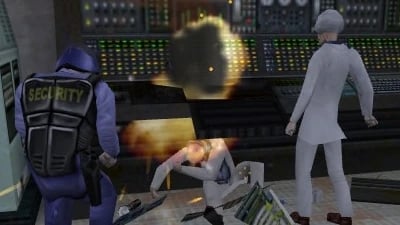
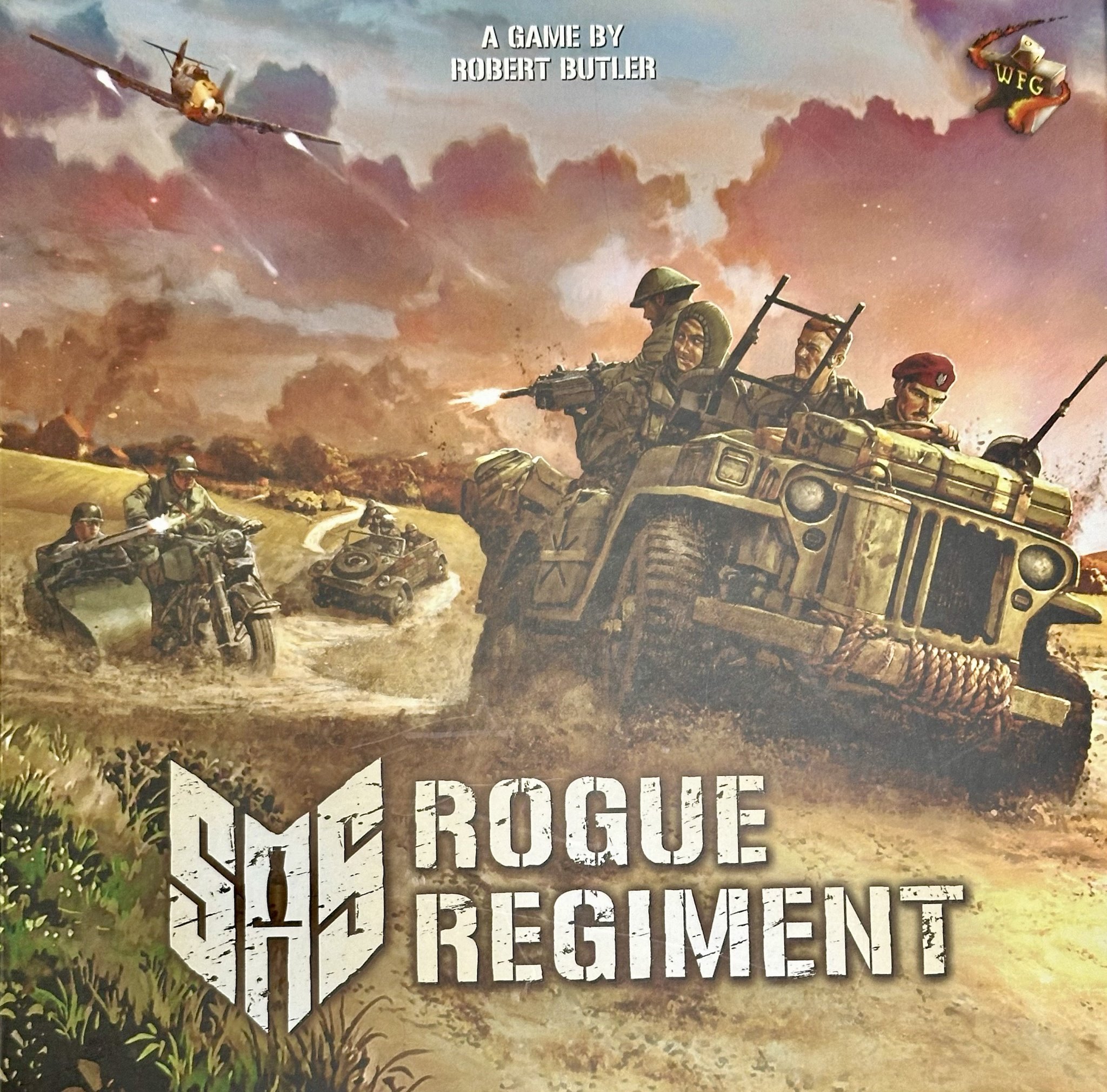
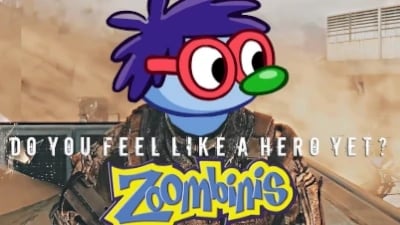
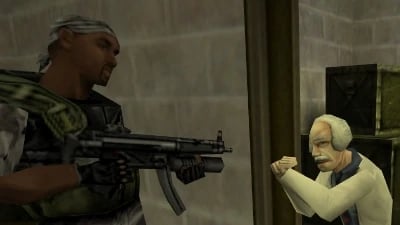
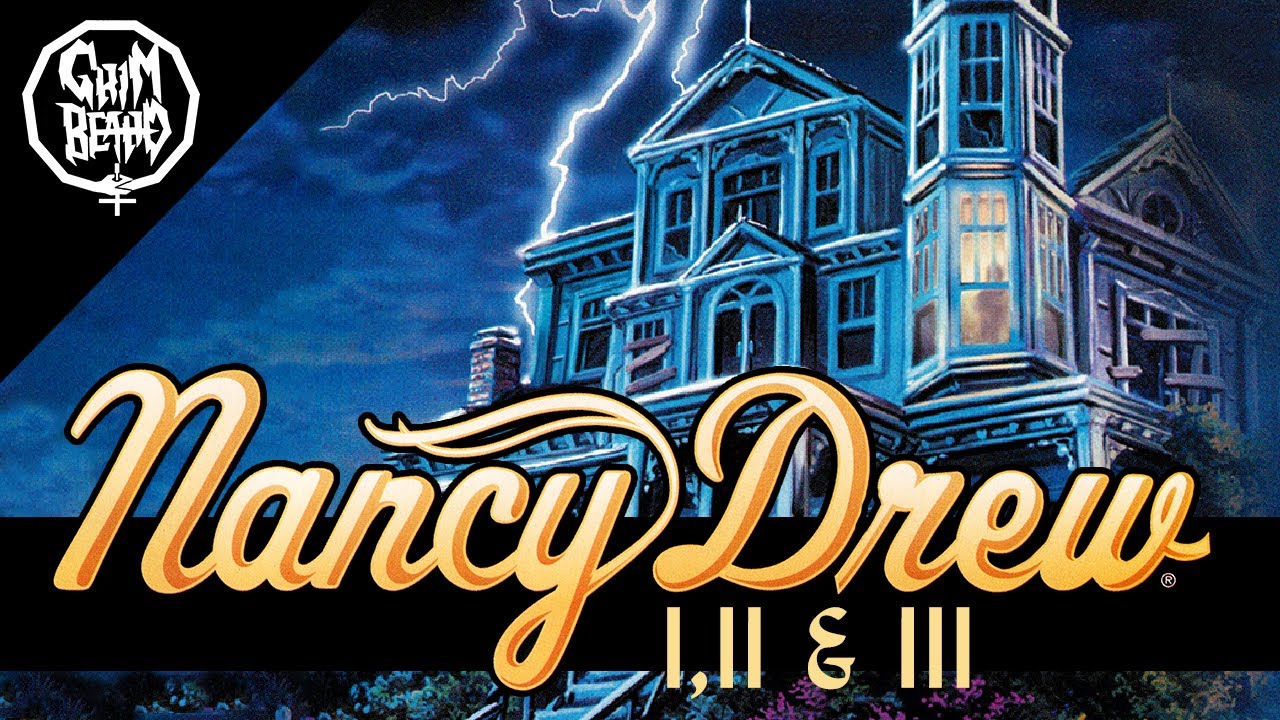
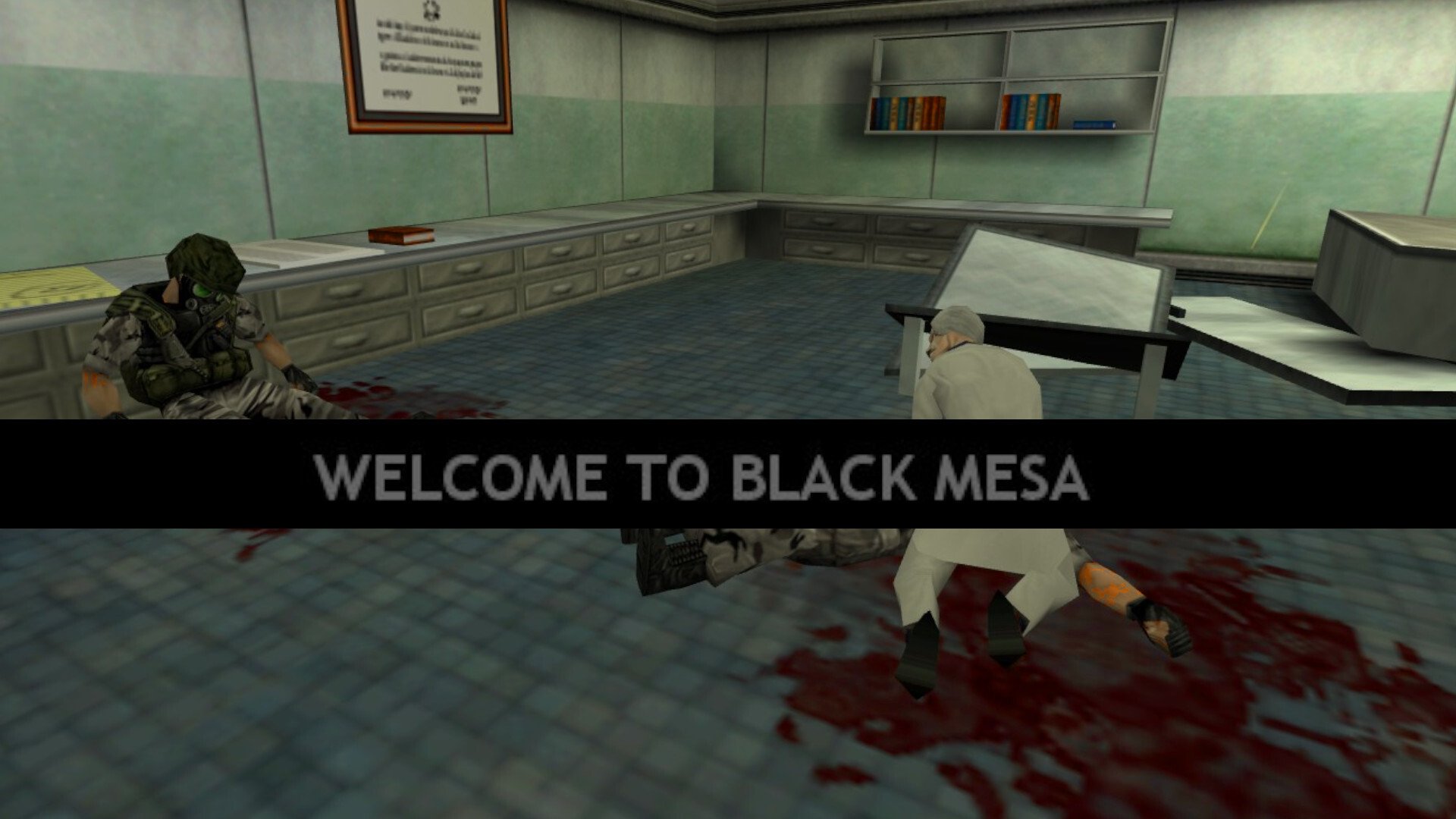
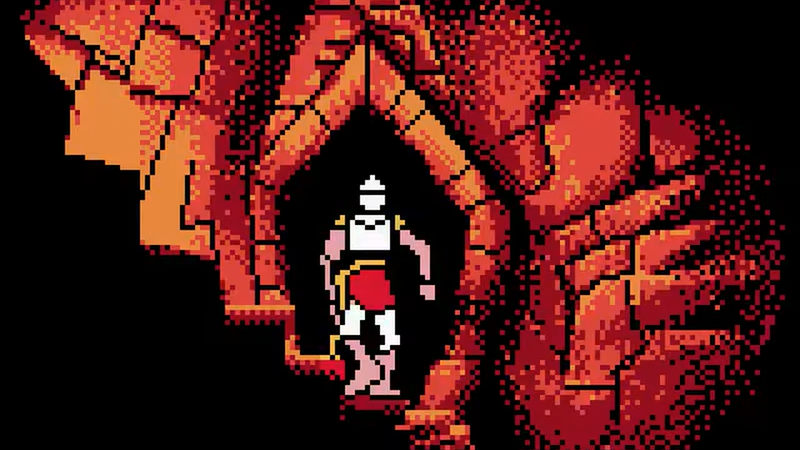
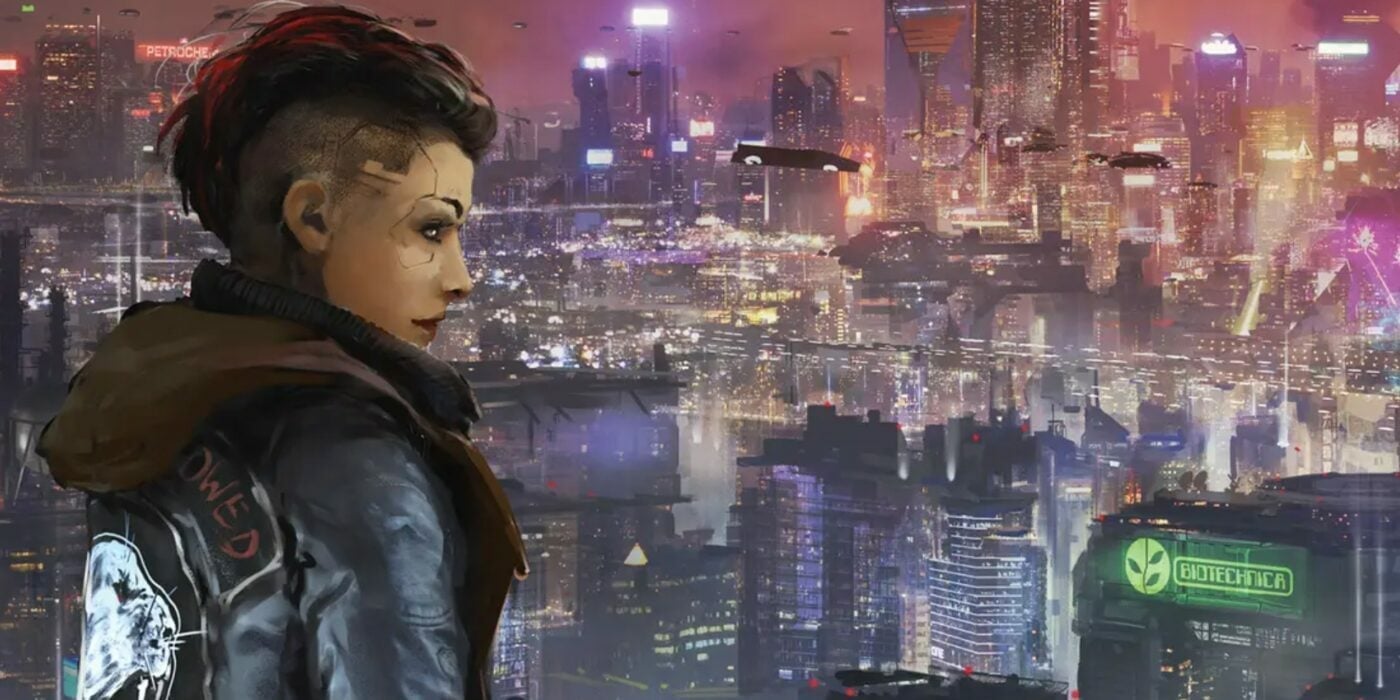
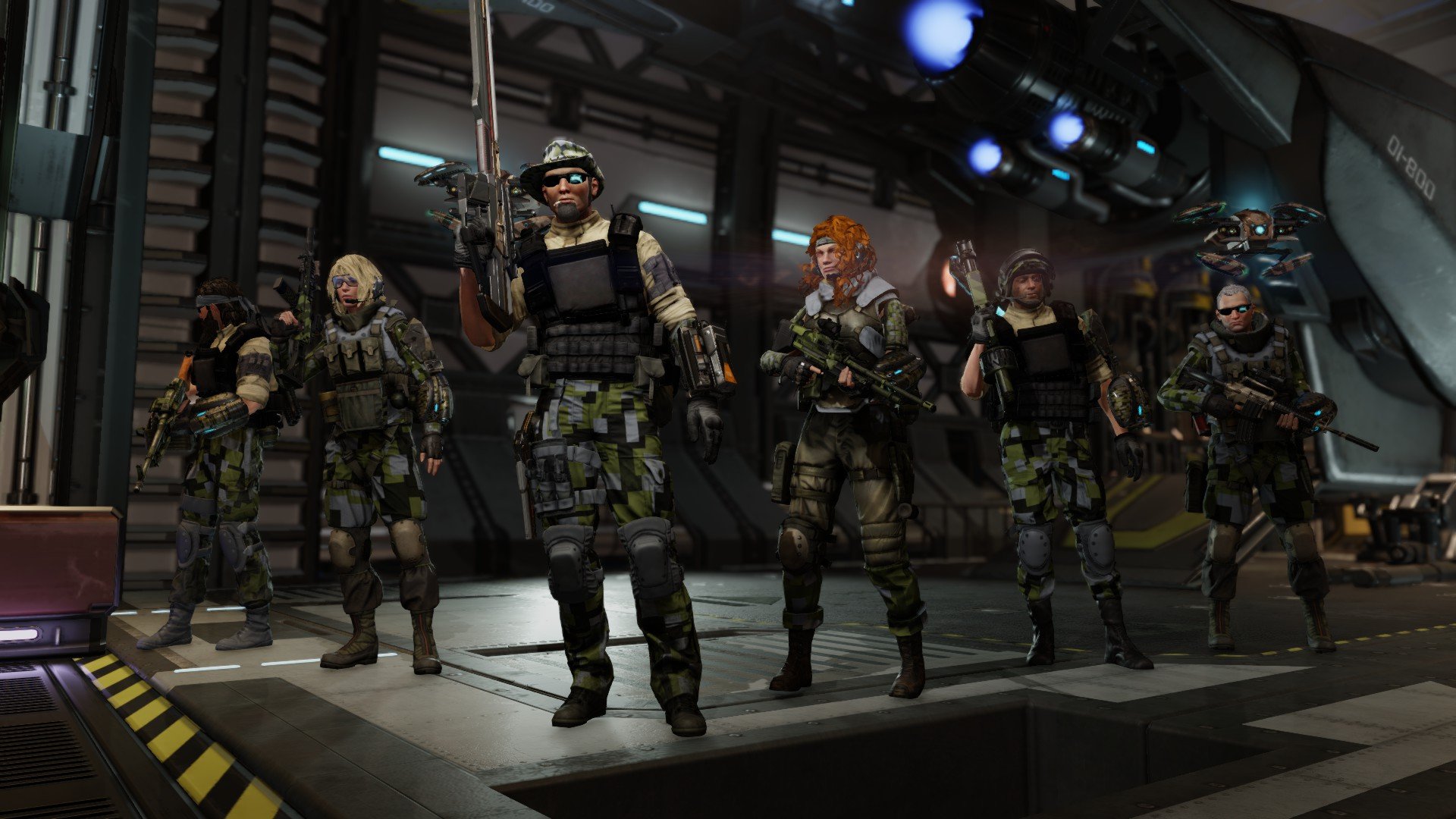
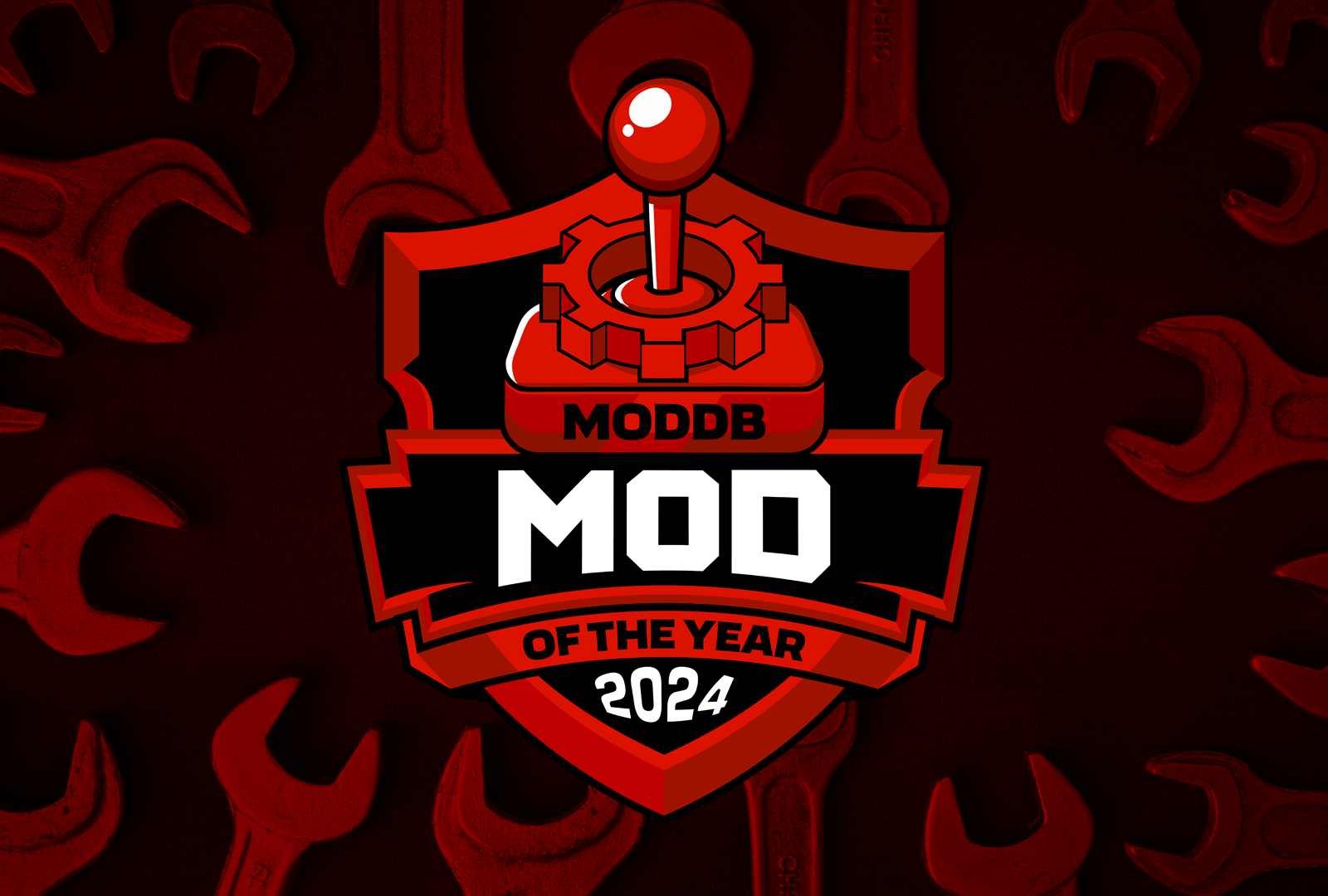
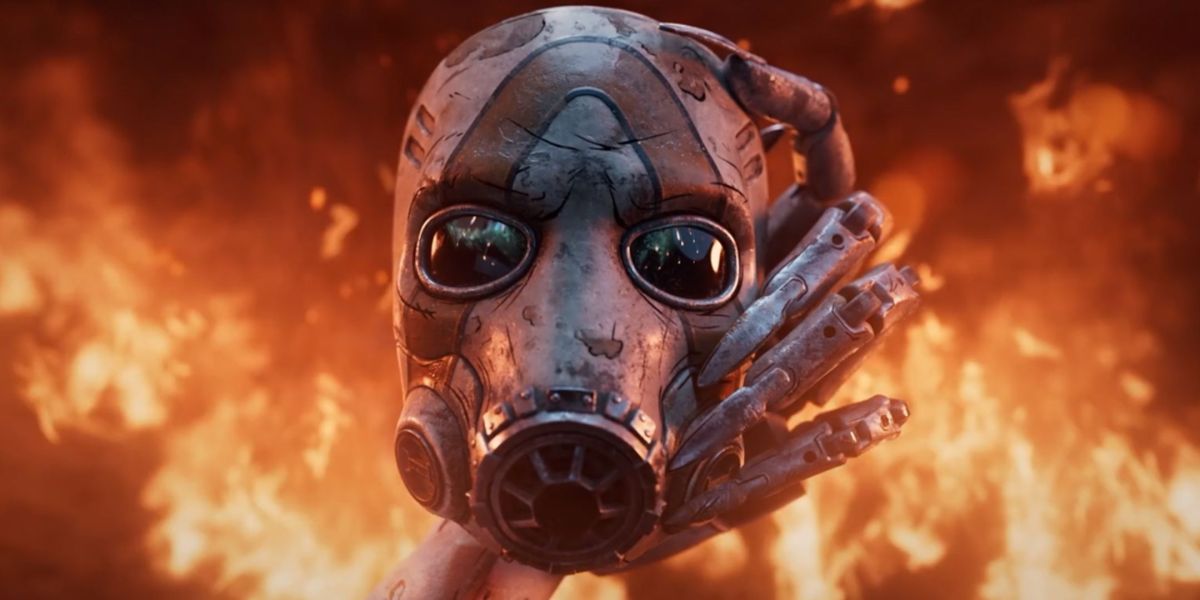
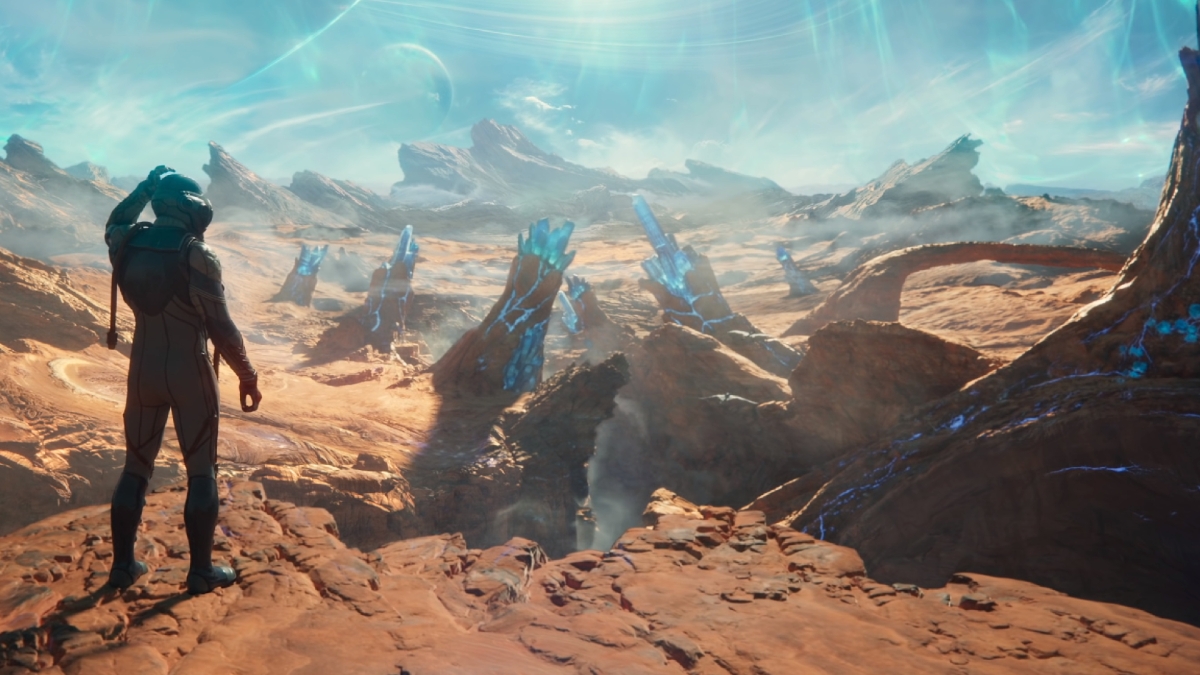
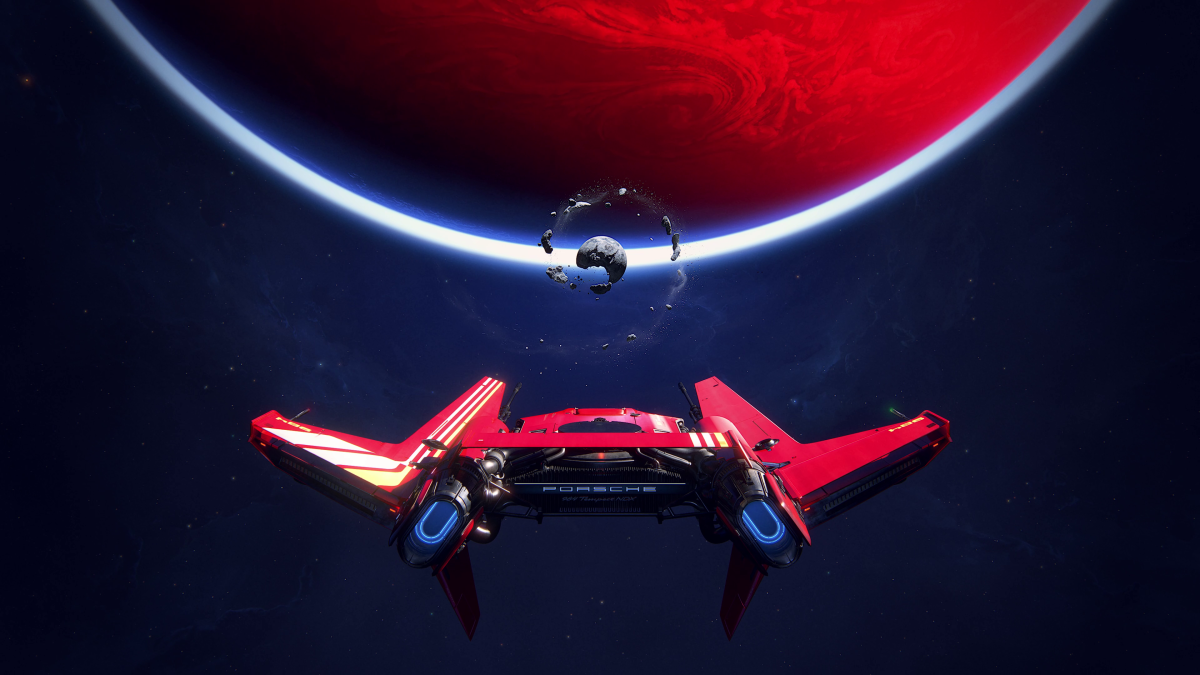
My Steam recents:
Everything that’s got a finishable campaign here I’ve completed, with the exception of MCC where I only played Halo CE and ODST to completion.